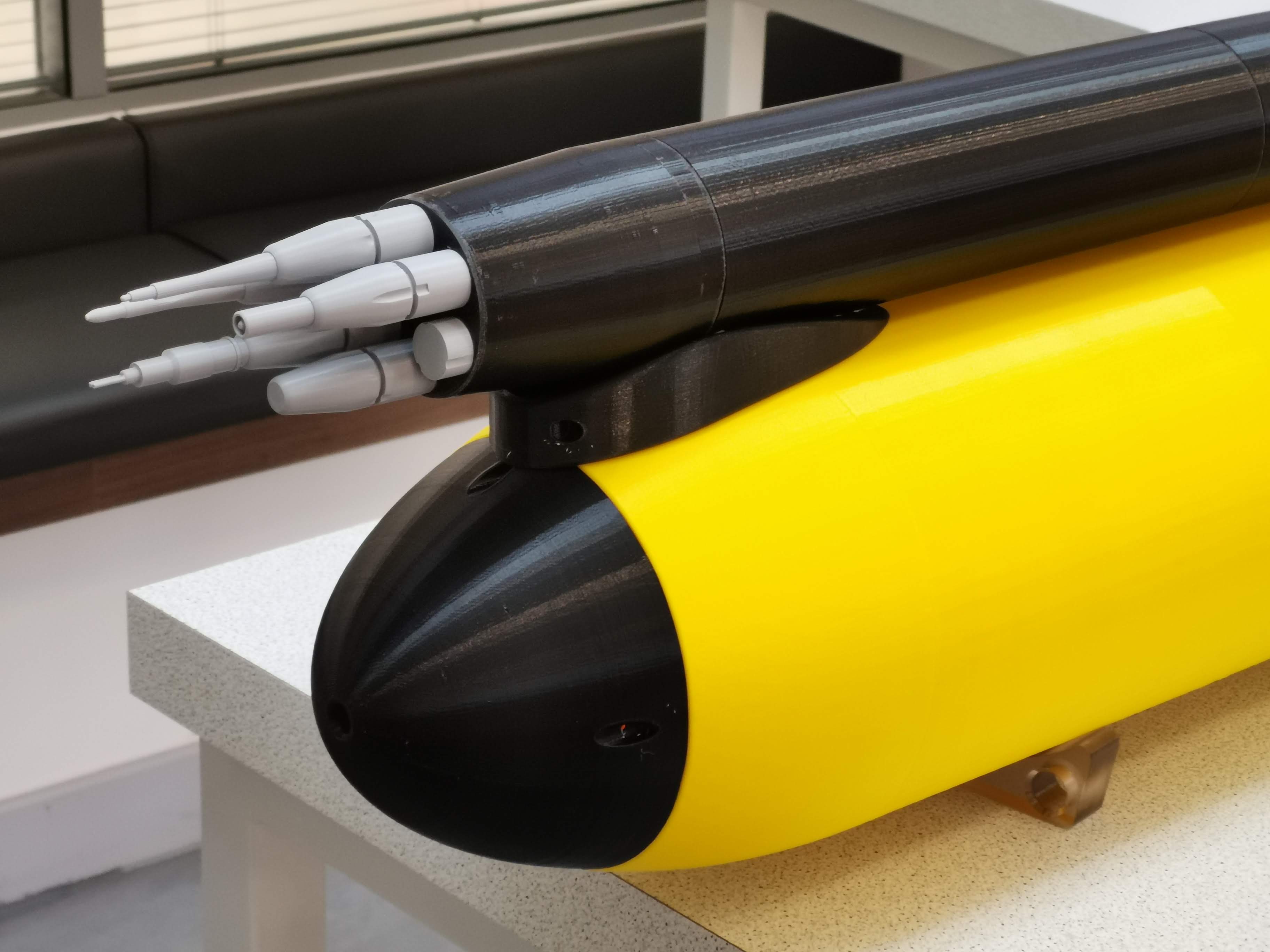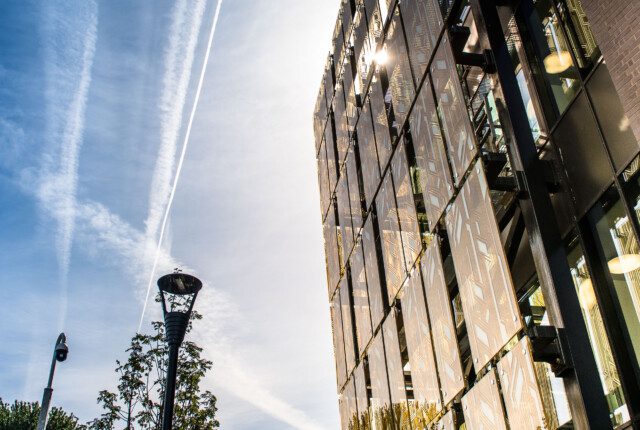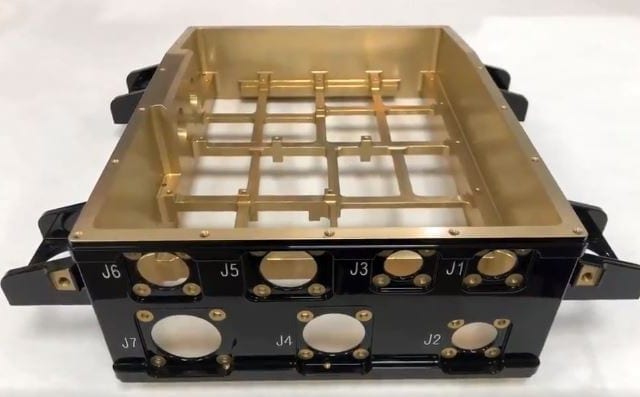Stay connected If you would like details of our latest news, events and opportunities sent directly to your inbox, sign-up to receive the Sciontec e-newsletters.
What is 3D Printing?
3D printing is an additive manufacturing technique which adds material together to take a digital CAD model, to a real-world object.
This process allows for rapid prototyping and iterating designs, with parts taking hours – not days or weeks, to be manufactured. Additionally, it is a very cost-effective process, eliminating the cost of traditional tooling, and thanks to recent developments in break-away and dissolvable support materials, can produce parts that would be very complex or time consuming to make by traditional subtractive methods.
Is there a 3D printing service near me?
Within our fabrication facility, we have a number of 3D printers and a team of experts with almost ten years of additive manufacture experience, who can help turn your ideas and designs into 3D printed parts, no matter what stage of the design process you are at.
Although based in Liverpool City Centre, Sensor City work with customers across the country to produce a range of 3D print models, parts and prototypes for virtually any industry, and can dispatch parts next day in most cases.
3D printing techniques
Thanks to our wide range of in-house laboratory facilities, we can undertake 3D printing projects using the following manufacture methods:
1) FDM
The most widely used 3D printing technique is a process known as Fused Deposition Modelling (FDM), or sometimes called Fused Filament Fabrication (FFF). FDM printers use a thermoplastic filament roll, which is heated to its melting point and then extruded through a fine nozzle, layer by layer, to create a three-dimensional object.
The printable filaments can be made from various materials including carbon fibre infused plastics and are available in various colours to suit application. Our FDM printers are able to print two materials simultaneously, this is typically the main plastic and a dissolvable PVA or break-away support, which facilitates the printing of complex models with overhanging geometry, that is traditionally very difficult to print. However, the dual printing can also be used to build in two colours at once, or so long as they are compatible, two types of material at once (ie Rigid, and Flexible in a single part).
Our FDM 3D printers allow for large-scale prints to be produced, with a print area of up to 300x300x400mm being possible in our labs, but beyond these sizes we are often able to mechanically split and engineer a model such that it may be assembled post-print, into something far larger than the standard build footprint.
Parts produced by FDM generally have a partially hollow interior, which contains only a matrix, this can be density controlled based upon the mechanical strength requirements of the part.
2) SLA
Stereolithography Apparatus (SLA) 3D printing, like FDM printing, produces parts in a layer by layer format, but rather than a thermoplastic roll, using a photochemical process. A chemical reaction to cure layers of UV hardening resin is achieved using a UV laser that ‘draws out’ the design onto the base of a liquid bath of chosen resin, this cures the resin onto a build plate, which lifts layer by layer from the bath, making it appear as though the part is being extruded up from the resin.
This 3D printing technique uses a variety of materials including rigid, flexible, dental grade and castable resins and results in very high detail prints with no visible layer lines (25-micron layer height). This high dimensional accuracy withstands tolerances as low as 35 microns. Parts from SLA are generally a completely solid structure, with no matrix interior.
3) Polyjet
This additive manufacturing method jets streams of liquid polymer onto a build plate, which is then cured using UV light.
The resulting parts are exceptionally high detail and lack the visible layer lines of a traditional FDM print. Our engineers have achieved some very high precision prints to date, successfully printing functioning M2 screw threads within our labs. The polyjet method is therefore a favourite for concept and form models where the finished appearance is important, but thanks to its precision, jigs and fixtures are also a popular use for the machine.
Polyjet prints include a dissolvable gel-like support material resulting in little to no post production processing required, this support also allows for highly complex shapes to be printed, but also allows a choice of final finish, either Matte or Gloss. Polyjet 3D printing also enables a blend of up to three materials to be used, allowing the operator to define different material properties while printing e.g. solid plastic robotic grippers with rubberized ends to safely hold glass test tubes. This material mixing allows the production of a diverse range of materials ranging in rigidity from a soft rubber gasket, to a solid plastic.
CAD for manufacture
As well as manufacture, our engineering team are able to offer design services for all stages of the prototype cycle, and can assist in the translation of concept to CAD.
GET IN TOUCH
Speak to us today about your 3D printing or manufacturing requirements: labs@sensorcity.co.uk




